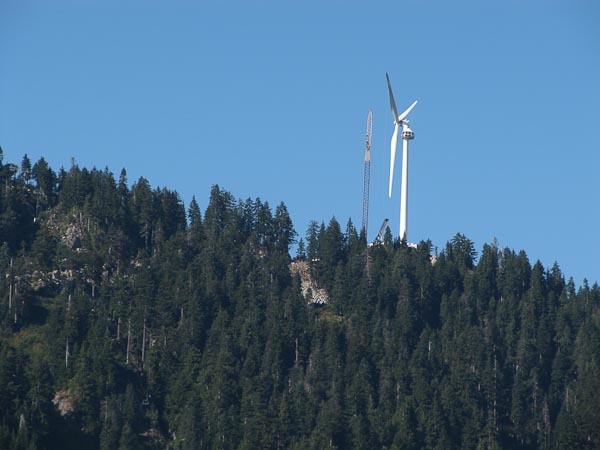With its September 18 announcement that it is laying off 615 employees, or one-third of its U.S. workforce, Siemens AG joined a growing number of wind-energy firms that are shedding workers in the face of low natural gas prices and mounting uncertainty over the future of a controversial federal subsidy.
Widespread Layoffs
Encouraged by the Obama administration’s support for green energy, Siemens invested $100 million in its wind-power subsidiary in the United States during the Obama presidency. The move at first appeared to pay off, as President Obama in 2010 visited a Siemens wind facility in Iowa.
Those times seem long ago for companies like Siemens. It remains an expensive proposition to turn wind into power, while prices for clean-burning natural gas remain quite low. As a result, customers are placing fewer orders for wind turbines.
Denmark-based Vestas Wind Systems A/S also is passing out pink slips. In August it laid off 120 employees at two facilities in Colorado, citing the same difficulties that are plaguing Siemens. Also in late August, Clipper Power slashed 174 employees from its 550-person workforce in Iowa, most of the cuts coming from its Cedar Rapids facility.
Even before Siemens announced its layoff, 11 wind-energy companies reduced their workforce by 2,200 at facilities in more than a dozen states, from Massachusetts to Arkansas to Oregon. The wind industry will suffer further if Congress declines to extend the Production Tax Credit (PTC), which is set to expire Dec. 31. Under the PTC, wind producers receive a tax credit of 2.2 cents for every kilowatt/hour they generate, even if utilities don’t need the electricity. Industry insiders say they depend on the generous federal subsidies to remain in existence.
Perverse Incentives
The generous federal subsidies are causing “negative pricing,” where wind power providers pay grid operators to take unnecessary wind power, according to a recent report by the North-Bridge Group, an energy consulting firm. The study, “Negative Electricity Prices and the Production Tax Credit,” was released September 14.
“In some ‘wind-rich’ regions of the country, wind producers are paying grid operators to take their generations during periods of surplus supply,” the study notes. “But wind producers more than make up the cost of the ‘negative price’ payment, because they receive a $22/MWH [Mega-Watt Hour] federal production tax credit for every MWH generated.
“The PTC undermines and distorts price signals in wholesale electricity markets by incenting PTC-subsidized wind producers to sell electricity at a loss to earn enormous tax subsidies. This taxpayer-funded subsidy artificially depresses wholesale power prices, and in hours of the year when demand for electricity is low, it can result in negative pricing,” the study explains.
Tax Credit Battle Begins
Any congressional action on the PTC will have to wait for the Lame Duck session that will convene soon after the Nov. 6 election. Supporters and opponents of the PTC are frantically lining up support. Rep. Mike Pompeo (R-KS) is circulating a letter among his colleagues calling for an end to the PTC. At this writing, he has gathered 34 signatures. The American Wind Energy Association (AWEA), citing the potential loss of more jobs if the subsidy isn’t renewed, is seeking congressional backers for an extension of the PTC.
The stakes are huge, and the PTC’s critics see an opportunity to finally end the subsidies.
“There are layoffs in the wind industry because large subsidies have encouraged wind energy producers to over-expand to unsustainable levels,” said Dan Simmons, director of regulatory and state affairs at the Institute for Energy Research. “The Production Tax Credit, which expires at the end of the year, is so crucial to propping up the industry that producers frequently pay their customers to take their wind power, while still pocketing the subsidy. This makes no economic sense.
“Layoffs in the wind industry should surprise no one,” Simmons added. “The wind industry is completely dependent on government subsidies and mandates for its survival. That’s why it continues to seek special treatment from the taxpayers instead of striving to become self-sufficient.”
Bonner R. Cohen, Ph. D., ([email protected]) is a senior fellow at the National Center for Public Policy Research.





